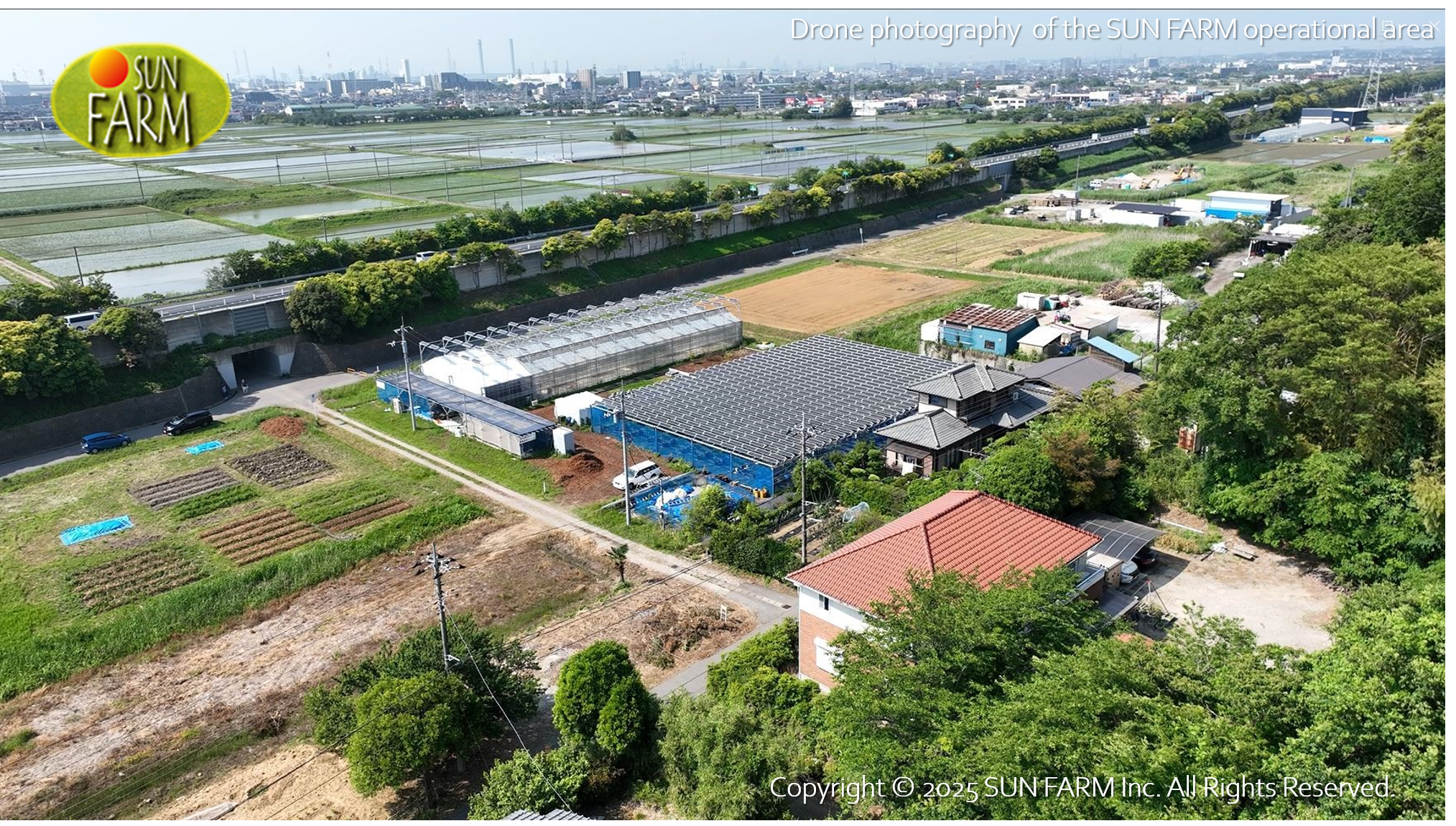There was a time when many people fled to the cities because they could not live in the countryside. Now, on the contrary, an increasing number of people are fleeing to the countryside because they consider life in the cities to be dangerous. There are secondary and tertiary industries in the countryside, but this does not mean that people should live 100% of their lives in jobs that are dependent on urban industries. Of course, large-scale farming with huge machines or environmentally controlled plant factories are out of the question.
Whether we like it or not, we still live in a money-capitalist society, so even if we need to obtain the minimum necessary currency (cash) in some way, we are likely to see an acceleration in the future of the movement to establish a lifestyle based on the basics of human survival, where we provide our own food, practice self-sufficient small farming, and share surplus food within the community.
This is a way of life that incorporates the greatest virtues of independent peasantry: growing their own seasonal produce that matches the natural dietary needs of humans and providing for their own food needs. The number of people who want to escape from the pesticide-laden, additive-laden and food-defying products in urban food shops is steadily increasing year by year. Of course, no one would voluntarily spray poison on the cultivated produce they eat.
If people live in harmony with everyone in the community by matching their production and consumption activities to their life size, there will be an equilibrium between production and consumption and neither deflation nor inflation will occur. By returning to the basics of human survival, resources will be conserved, the environment will not deteriorate and it will be possible to create peaceful, prosperous communities based on a sound economy.
One promising means of realizing this utopia is agrivoltaics (solar sharing). Agrivoltaics is a system that simultaneously produces clean energy and food from a single plot of land by installing solar panels at intervals designed for each crop at a shading rate suitable for that crop, approximately 3m above the cultivated land. The energy (electricity) created can be sold or used for private consumption, and is attracting attention around the world as a mechanism to increase profitability. It is truly a system for local production and local consumption of clean food and energy.
In the current situation in Japan, only about 40% of the food required for our diet can be produced domestically, with the remaining 60% coming from imports. When Japan imports food from abroad, it means that the energy, resources and water of that country are used to produce and transport the food. Food mileage is an indicator of the energy it took to transport food. The longer the distance from the production site to the dining table, the greater the food mileage value, and Japan has by far the highest value among developed countries and is considered to have a high environmental impact.
Agrivoltaics (solar sharing) is a form of futuristic agriculture that is one step ahead of the rest, with both energy and food produced and consumed locally. And it is sort of a common sense that both energy and food should be produced and consumed locally.
In an increasingly chaotic world, when ‘something’ unexpectedly happens, will you be able to protect yourself and your loved ones by continuing with your current lifestyle? When ‘something’ happens, do you really think it is possible to continue forever to import easy agricultural and livestock products in exchange for the export of industrial products and services? With global grain prices soaring and food shortages on the rise, don’t you think it is an urgent task to ensure a stable supply of food first? Don’t you think that food and energy are the basis for the bonding of local communities and the protection of your own identity? It is too late for anything to happen.
Japan has a debt more than twice the size of its GDP, the second largest in the world, and is said to be approaching the critical point at which financial collapse will occur, but it is impossible to let the debt grow to astronomical figures forever. There is no way of knowing when the time will come to bring the primary balance back to a reasonable level, but we need to think seriously about how we can protect ourselves from the worst-case scenario.
Why don’t you join us in expanding the circle of agrivoltaics to establish a down-to-earth lifestyle and create a spiritually rich local community that can be proud to be part of the world?
Kenya IKUTSU

